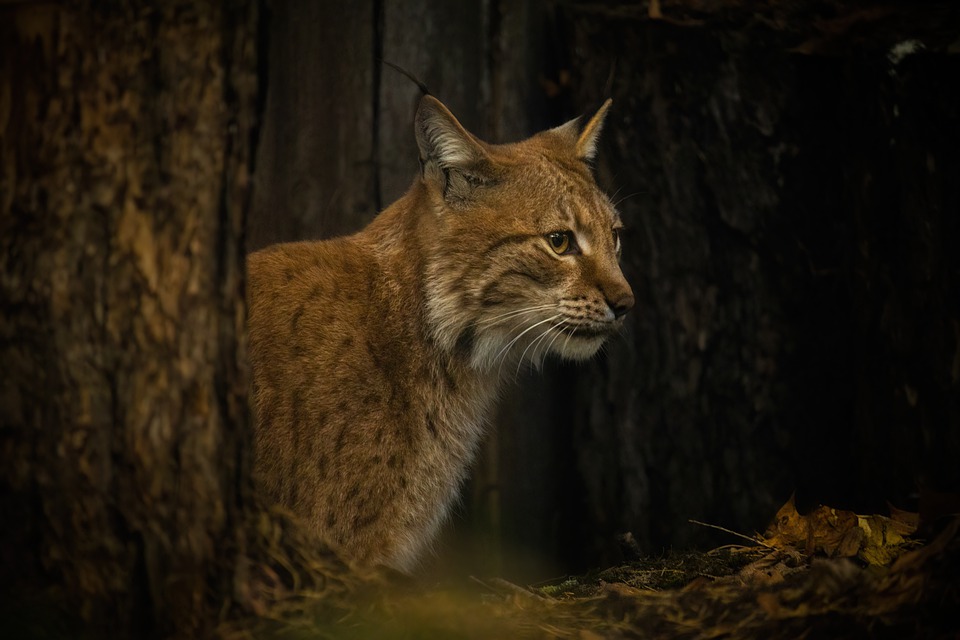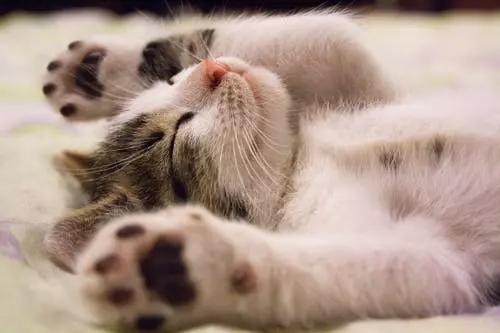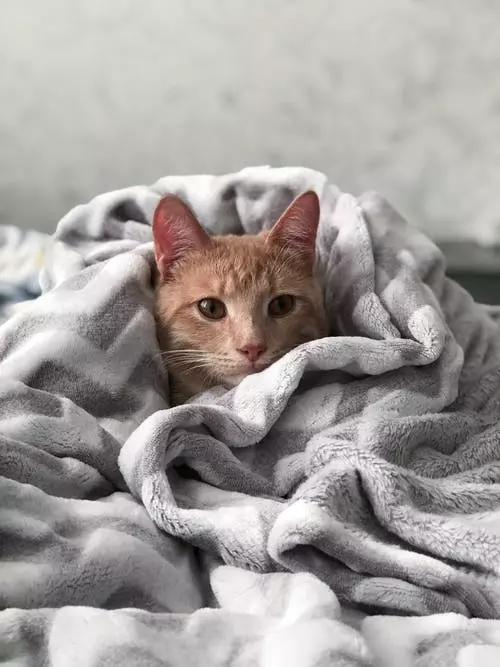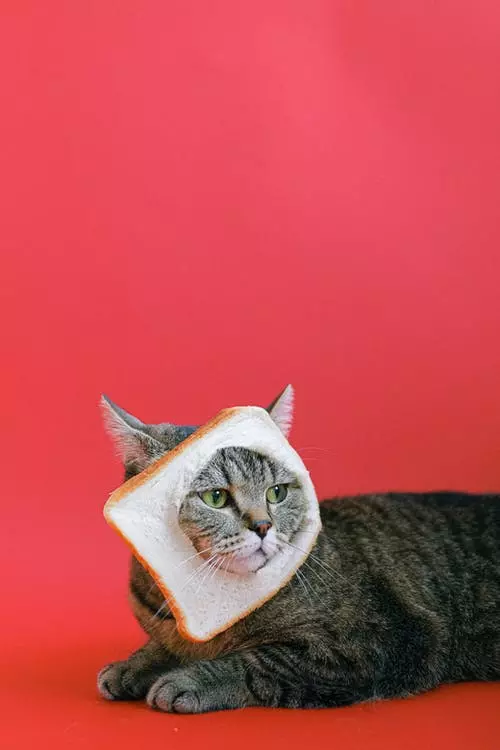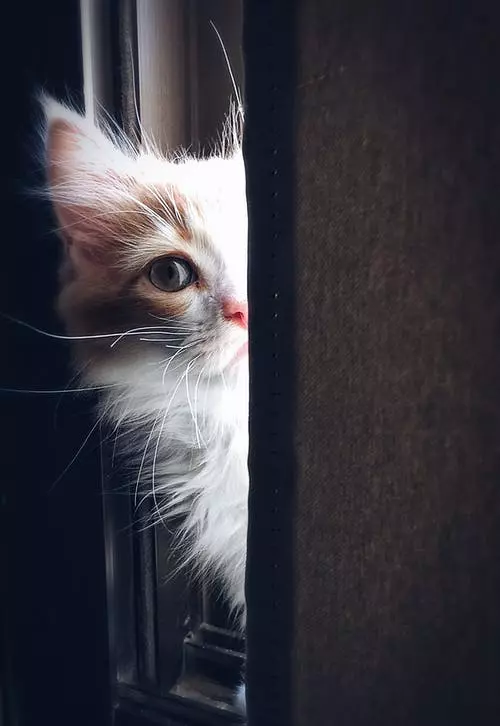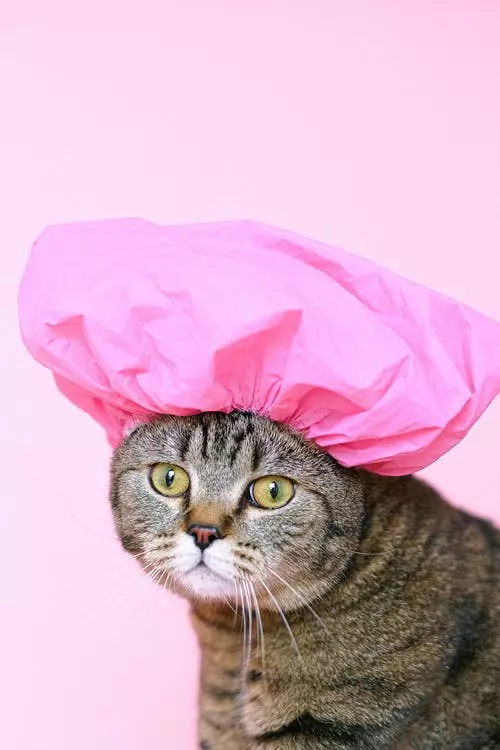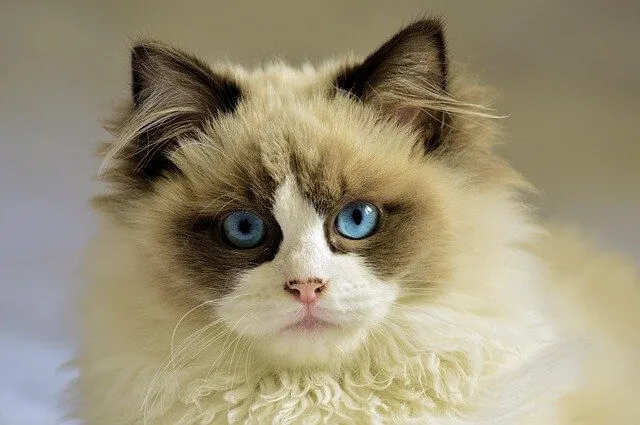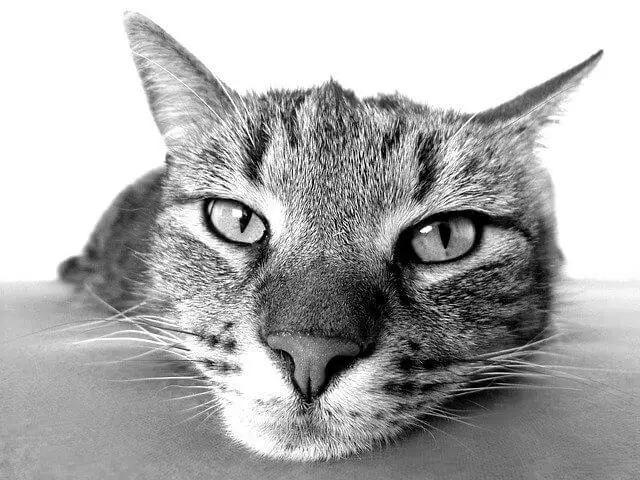Understanding Recall Cues: How They Impact Memory Retrieval
Introduction:
Recall cues play a vital role in cat training, as they help our feline friends remember specific commands and behaviors. In this article, we will delve into the fascinating world of recall cues, exploring how they influence memory retrieval in cats. Understanding this concept will not only enhance your cat’s training experience but also strengthen the bond between you and your furry companion.
I. The Basics of Recall Cues
A. What are recall cues?
Recall cues are signals or stimuli that prompt a specific response or behavior from a cat. These cues can be verbal, visual, or physical in nature and are used to communicate with the cat during training sessions.
B. How do cats respond to recall cues?
Cats have excellent sensory perception and are capable of associating recall cues with specific actions or commands. When trained properly, cats can respond to recall cues by performing the desired behavior or action.
C. Why are recall cues important in cat training?
Recall cues serve as a means of communication between the cat and the owner or trainer. They provide a consistent and reliable way to elicit specific responses from the cat, making training more effective and efficient.
II. The Science Behind Memory Retrieval in Cats
A. How do cats form memories?
Cats form memories through a process called encoding, consolidation, and retrieval. Encoding involves the initial acquisition of information, consolidation is the process of strengthening and stabilizing memories, and retrieval is the ability to access and recall stored information.
B. How do recall cues impact memory retrieval?
Recall cues act as retrieval cues, triggering the retrieval of specific memories associated with a particular command or behavior. When a cat hears, sees, or feels a recall cue, it activates the neural pathways associated with the corresponding memory, facilitating its retrieval.
C. The role of associative learning in recall cues
Associative learning plays a significant role in recall cues. By consistently pairing recall cues with rewards or positive reinforcement, cats learn to associate the cues with the desired behavior. This association strengthens the memory and makes it easier for the cat to retrieve the memory when prompted by the recall cue.
III. Types of Recall Cues
A. Verbal cues: Words and phrases
Verbal cues involve using specific words or phrases to cue a cat’s response. Cats can learn to recognize and respond to verbal cues such as “sit,” “stay,” or “come.”
B. Visual cues: Hand signals and gestures
Visual cues involve using hand signals or gestures to prompt a cat’s behavior. Cats have excellent visual acuity and can learn to associate specific hand signals or gestures with desired actions.
C. Physical cues: Touch and body language
Physical cues involve using touch or body language to elicit a response from a cat. Cats can be trained to respond to physical cues such as a gentle tap on the shoulder or a specific body posture.
IV. Creating Effective Recall Cues
A. Consistency is key: Using the same cues repeatedly
Consistency is crucial when using recall cues. Using the same cues consistently helps the cat develop a strong association between the cue and the desired behavior, making it easier for them to recall the behavior when prompted.
B. Positive reinforcement: Associating recall cues with rewards
Positive reinforcement is a powerful tool in training cats. By associating recall cues with rewards such as treats or praise, cats are motivated to respond to the cues and repeat the desired behavior.
C. Gradual progression: Building complexity in recall cues
Start with simple recall cues and gradually introduce more complex cues as the cat becomes proficient. This gradual progression helps the cat build upon existing knowledge and skills, leading to more advanced training achievements.
V. Common Challenges in Recall Cue Training
A. Overcoming distractions: Helping cats focus on recall cues
Cats can be easily distracted, especially in stimulating environments. It is essential to train in low-distraction settings initially and gradually increase the level of distractions as the cat becomes more proficient in responding to recall cues.
B. Generalization: Ensuring cats respond to recall cues in various environments
Cats need to generalize their training to different environments. By practicing recall cues in various locations, cats learn to respond to cues regardless of the setting, enhancing their overall obedience and responsiveness.
C. Training older cats: Modifying recall cues for mature felines
Older cats may have ingrained habits or associations with certain cues. Modifying recall cues for older cats may require patience and a gradual transition to new cues while reinforcing positive behavior.
VI. Frequently Asked Questions (FAQs)
1. Are some cats better at remembering recall cues than others?
2. Can recall cues be used to train cats for outdoor adventures?
3. How long does it usually take for cats to learn recall cues?
4. Can recall cues be modified or changed over time?
5. What if my cat refuses to respond to recall cues?
Conclusion:
Understanding recall cues and their impact on memory retrieval is crucial for successful cat training. By utilizing effective recall cues, consistently reinforcing positive behavior, and addressing common challenges, you can establish a strong foundation for communication with your cat. Remember, patience and perseverance are key when training your feline companion, and the rewards will be well worth the effort. Happy training!

